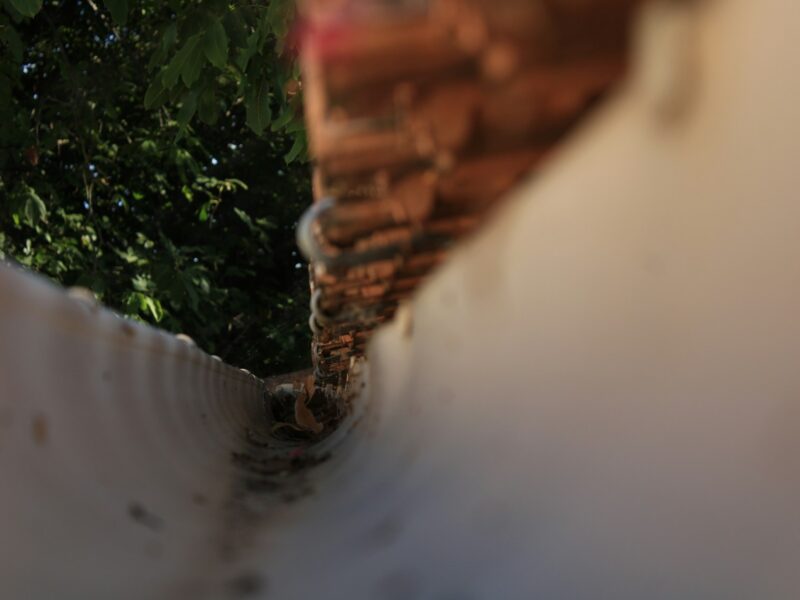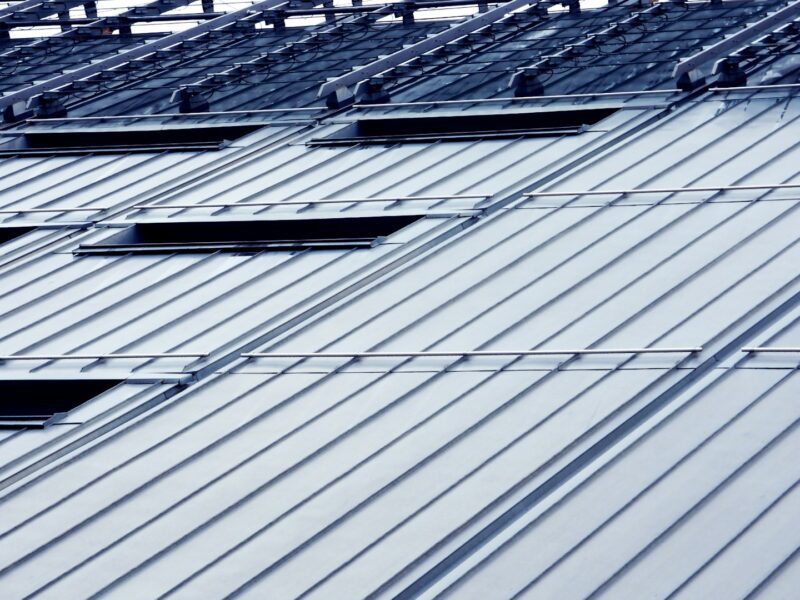Remodeling bathrooms can be extremely challenging and exhausting, especially if you have never done it before. It does not matter if you are looking for a spa-like style, an update for outdated fixtures, or want to improve the functionality of your bathroom; a remodel can considerably enhance your space. However, there are some characteristics that people should keep in mind while remodeling their bathrooms.
For example, if you live in Raleigh, North Carolina, you should know that in Raleigh, a small bathroom remodel costs approximately $5,000 to $30,000. The price may increase or decrease depending on bathroom size, materials used, and labor. Moreover, Raleigh’s climate is mostly humid, with hot summers and cool winters, so considering factors such as moisture-repellent materials is essential. The growing real estate market in Raleigh also makes bathroom remodels a great investment and would also increase your resale value.
Bathroom remodeling has evolved significantly in recent years due to technological advancements. Who would have thought that you could have Bluetooth shower speakers and automated lighting control 50 years ago?
In this article, we will uncover a few things that people do not tell you about bathroom remodels, talking about the challenges faced in renovating your bathroom space.
Contents
1. Hidden Problems:
The most important thing a person should keep in mind is the hidden problems that can arise once you start remodeling. Choosing experts in your area, such as the best bathroom remodeling company in Raleigh, can solve all your problems. These complications could be water damage, plumbing problems leading to structural issues, mold and mildew growth due to poor ventilation, and pest infestations. Older homes might also have outdated electrical systems that need upgrading.
2. Cost Overruns:
A major issue that you can face while remodeling your bathrooms might be budget. Remodels often face cost overruns due to several reasons, such as water damage, the quality or type of material you have chosen, or a change in the original plan of the remodel. While reviewing your plan in different stages may be helpful, it might also add quite a few new elements to your bathroom that would increase the cost of resources and labor. To manage cost overruns, it is important to establish a contingency budget. Approximately 10–20% of the total project cost should be enough to cover the unexpected expenses.
3. Disruption In Timelines:
Remodels may take longer than expected, which can be inconvenient if you only have one bathroom in your home or if the people living there are more. Hidden issues like plumbing and others described above lead to delays. Fixing these issues might take time, causing a change of schedule. Moreover, the timeline of the project heavily depends on the contractor and labor. Popular contractors have a hectic schedule, which can result in postponed plans. If your project requires some form of permit, it should be done at an earlier stage since waiting for local authorities can lead to timing delays and would also waste not only yours but the contractor’s time as well.
4. Compatibility And Reliance On Contractors:
Working with the right contractor is one of the most significant factors in a bathroom remodel. Some considerations that you could keep in mind while looking for a contractor might be their experience, their past projects and portfolios, and some reviews or references. Make sure you are comfortable working with your contractor because they will be the person you interact the most with. Once you have your contractor, ensure that they are quick to respond and listen to your concerns and ideas. A written contract must be made that outlines all aspects, including payment and timeline. The contractor should provide a warranty for their work.
5. Eco-Friendly Options:
Eco-friendly bathroom remodels involve making choices that conserve resources, are sustainable, and are environmentally friendly. Materials like bamboo, reclaimed wood, and recycled glass for flooring, cabinets, and countertops can decrease the environmental footprint. Choosing reliable, sustainable paint is also crucial, as it contributes to better air quality and reduces health risks. In addition to these, you could also consider repurposing or upcycling old furniture to reduce waste.
6. Aging In Place:
A bathroom designed to accommodate aging in place? What else could a person ask for if they plan on living there for a long time? However, some key considerations for this type of design include setting up non-slip flooring and a walk-in shower that makes access to the bathroom easier. An elevated toilet can make sitting and standing easier and would be helpful if you have back problems, too. Expanding doorway widths can accommodate the movement of wheelchairs as well as walkers.
7. Cleaning And Maintenance:
High-end materials may give your bathroom the ambiance you desire, but they can require more effort to clean and maintain. Choosing materials that are easy to clean and maintain is crucial. Proper waterproofing can prevent water damage and leaks that might happen in the future. Your bathroom should be well-ventilated to minimize moisture and mold. Moreover, once the remodeling is done, appropriate cleaning materials and regular inspections are vital to keeping your bathroom in top condition.
8. Personalization:
While you are at it, you might as well personalize your bathroom to make it truly yours. You can personalize your bathroom by using your favorite color scheme, materials you like, and textures that resonate with your style.
Additionally, you could also customize your cabinets according to the storage space you need. Adding more shelves, mirrors, and faucets would all depend on your use.
9. Final Inspections:
Once the bathroom is remodeled completely, conducting a final review ensures that everything is in order and meets your expectations and needs. This can be done by ensuring all fixtures, plumbing, and electrical components are working properly and checking for any leaks. Finally, evaluate all the invoices and documentation to ensure that the project aligns with your initial agreement and budget.
Conclusion
By understanding and addressing these ten often ignored aspects of bathroom remodeling, you can navigate a transformative endeavor that promises not only improved aesthetics but also enhanced functionality and sustainability in terms of long-lasting and budget-friendly décor. Your bathroom transformation is a journey full of pleasures and challenges, from cost overruns to hidden problems, from the happiness of personalization to the significance of final inspections.



